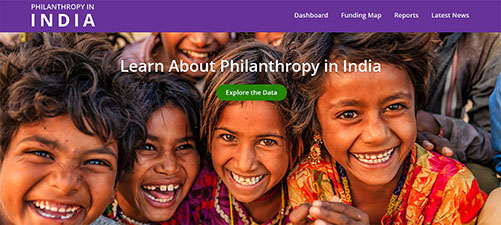What we know about the nonprofits that received grants from MacKenzie Scott
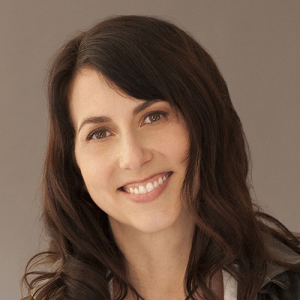 In December, MacKenzie Scott announced a round of giving that was striking for its scale: $4.2 billion across 384 organizations. It was also striking in its approach: Scott made a set of large, unrestricted — and unsolicited — grants to nonprofits across the United States.
In December, MacKenzie Scott announced a round of giving that was striking for its scale: $4.2 billion across 384 organizations. It was also striking in its approach: Scott made a set of large, unrestricted — and unsolicited — grants to nonprofits across the United States.
So far, her approach has been met with praise from commentators across philanthropy. (See this tweet by Benjamin Soskis and this Mother Jones article.) While she benefited from the help of sophisticated philanthropic advisors, small foundations and individual donors may find lessons in MacKenzie Scott’s approach to grantmaking. Indeed, Scott’s grantmaking shows that a simple set of filters can narrow down the universe of potential grantees to a more manageable set. That creates space for giving that is both thoughtful and compassionate. As Scott puts it, “Because our research is data-driven and rigorous, our giving process can be human and soft.”
At Candid, we wanted to pause and look holistically at the set of organizations that Scott and her advisors chose. My colleagues took the list Scott posted and cross-referenced it with our database. We found 381 matches out of the 384 organizations. Below we offer a general analysis of the organizations included in this particular round of grantmaking — with a focus on four key dimensions: size, geography, issue area, and transparency.
Organizational size
The organizations that received grants from MacKenzie Scott varied from the small (YMCA of Greater High Point Foundation, $53,755 in total expenses in 2018) to the very large (Feeding America, $2.8 billion in total expenses in 2018). But the bulk fell into a middle ground of organizations with budgets over $1 million and under $100 million. And while Scott’s grants went to well-established organizations, this portfolio was notable for the absence of “elite” universities, hospitals, and cultural institutions.
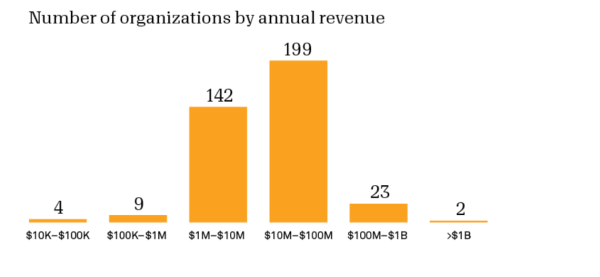
Geography
Scott’s grantmaking is oriented to the United States — but, given that context, it is remarkable for its geographic diversity and consistency. All fifty states plus Washington, D.C., and Puerto Rico are represented. Within that distribution, Scott’s grantmaking reflects population. The ten states with the most organizations that received grants from Scott last month are also the ten states with the highest population (albeit in a slightly different order).
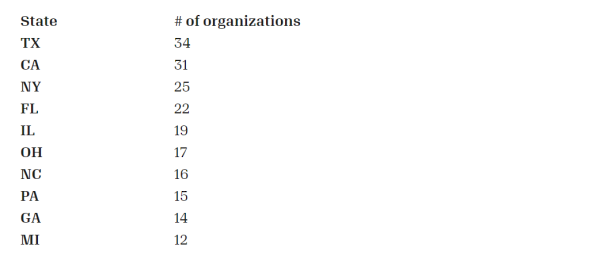
Issue area
The year 2020 highlighted inequities in American society. Across the board, MacKenzie Scott’s grantmaking strategy reflected a desire to address those inequities.
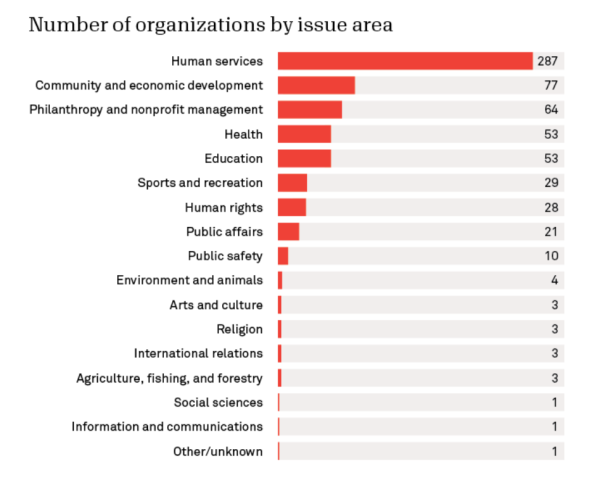
The categories above are from Candid’s Philanthropy Classification System. It is worth highlighting that some organizations fall into multiple categories, so the total across all bars above is greater than 381.
Two specific notes: “Philanthropy and Nonprofit Management” organizations largely represent re-granters like United Ways and community foundations (64 organizations, or 17 percent of the portfolio). The category “Human Rights” includes organizations serving a variety of communities (e.g., Chicanos Por La Causa, Urgent Action Fund for Women’s Human Rights, Pride Foundation, NAACP Empowerment Programs, Lawyers Committee for Civil Rights Under Law).
Transparency
The organizations in this portfolio are, in general, more transparent than the average nonprofit. Approximately half have earned a Seal of Transparency from Candid, by claiming and updating their profile on guidestar.org. This is almost ten times the rate of the general nonprofit population.
In addition, 56 of these 381 organizations (15 percent) have proactively shared data with Candid about the race or ethnicity of their staff or board leadership.
Transparency is not a guarantee of effectiveness. But, at its best, it can signal a willingness to be examined, well-organized operations, and clear strategy. In this sense, it a proxy — albeit an imperfect one — for leadership and organizational competence.
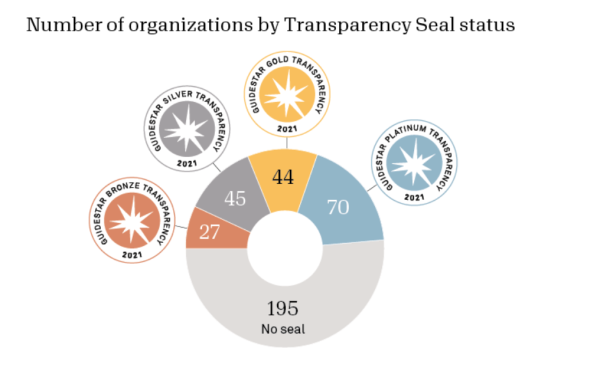
Conclusion
Not every donor has access to sophisticated philanthropic advisors that worked with MacKenzie Scott. Even the smallest donor, however, can emulate Scott’s straightforward approach. Anyone can sort through the wide universe of nonprofits to identify a subset of organizations that meet their criteria. Then, they can write a check. It can be that simple.
For more information on identifying organizations that fit with your charitable goals, see Five simple steps to better giving.




